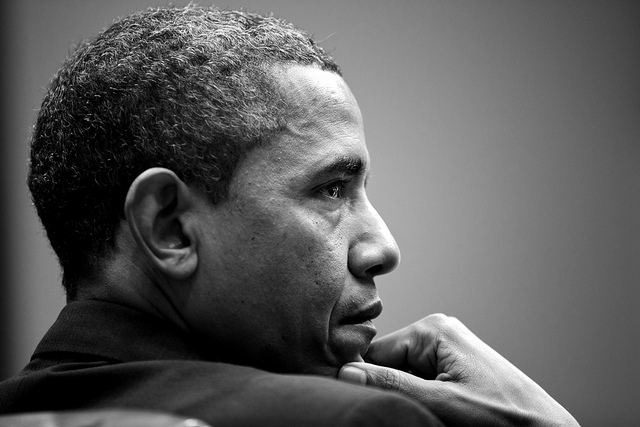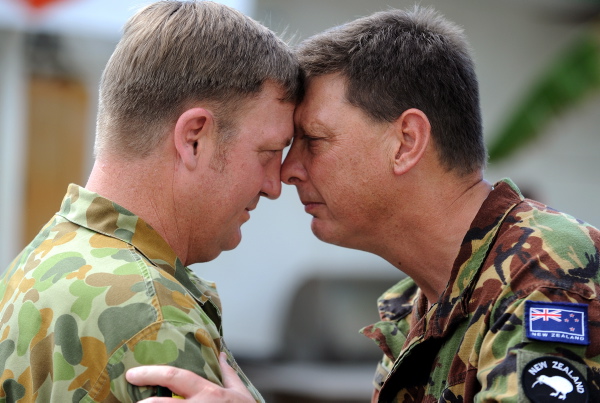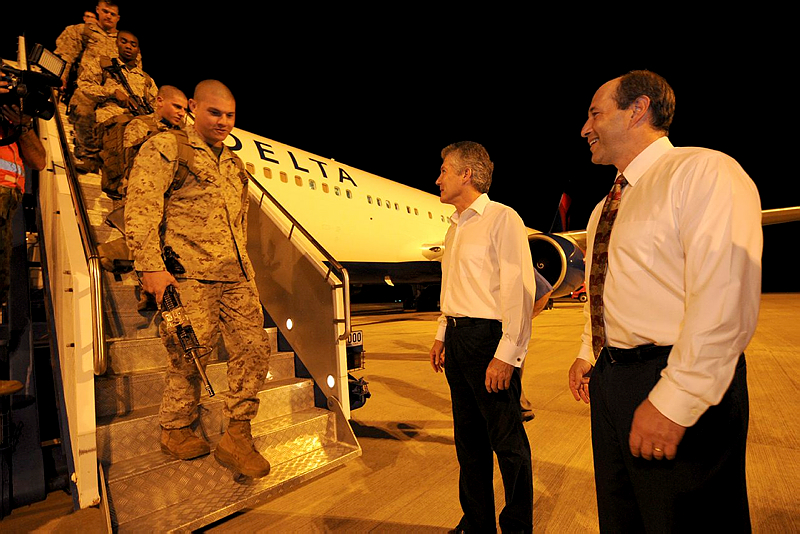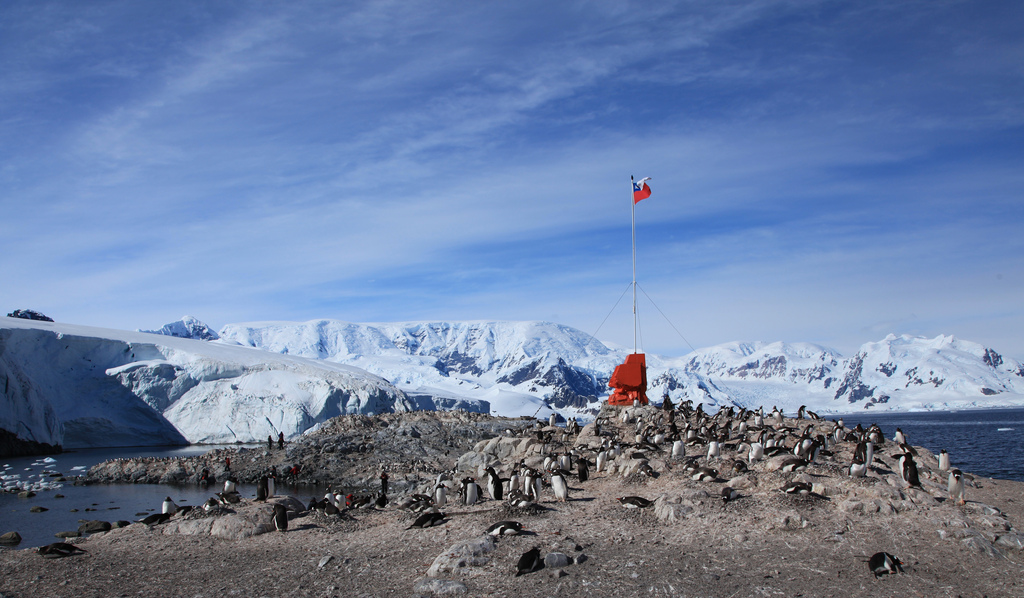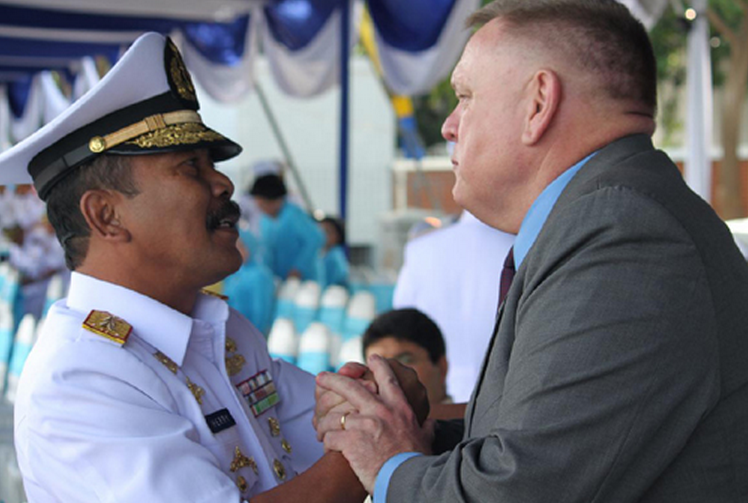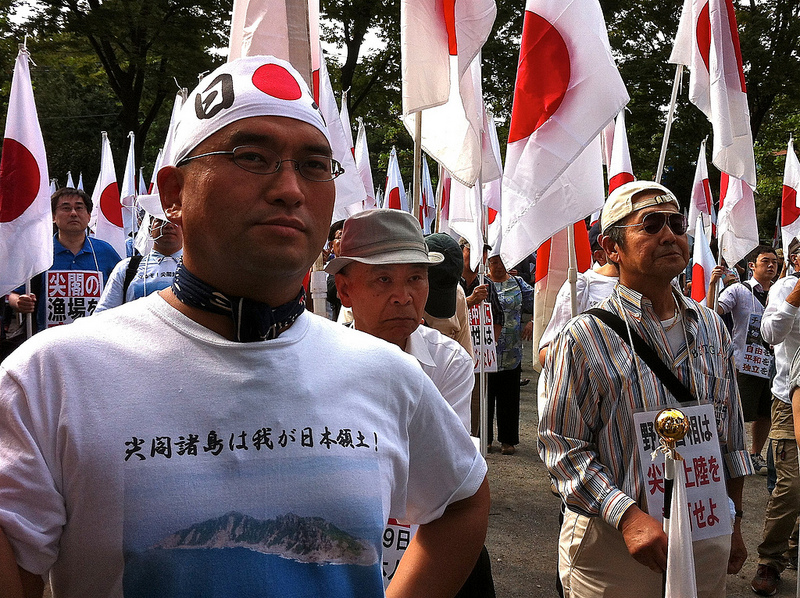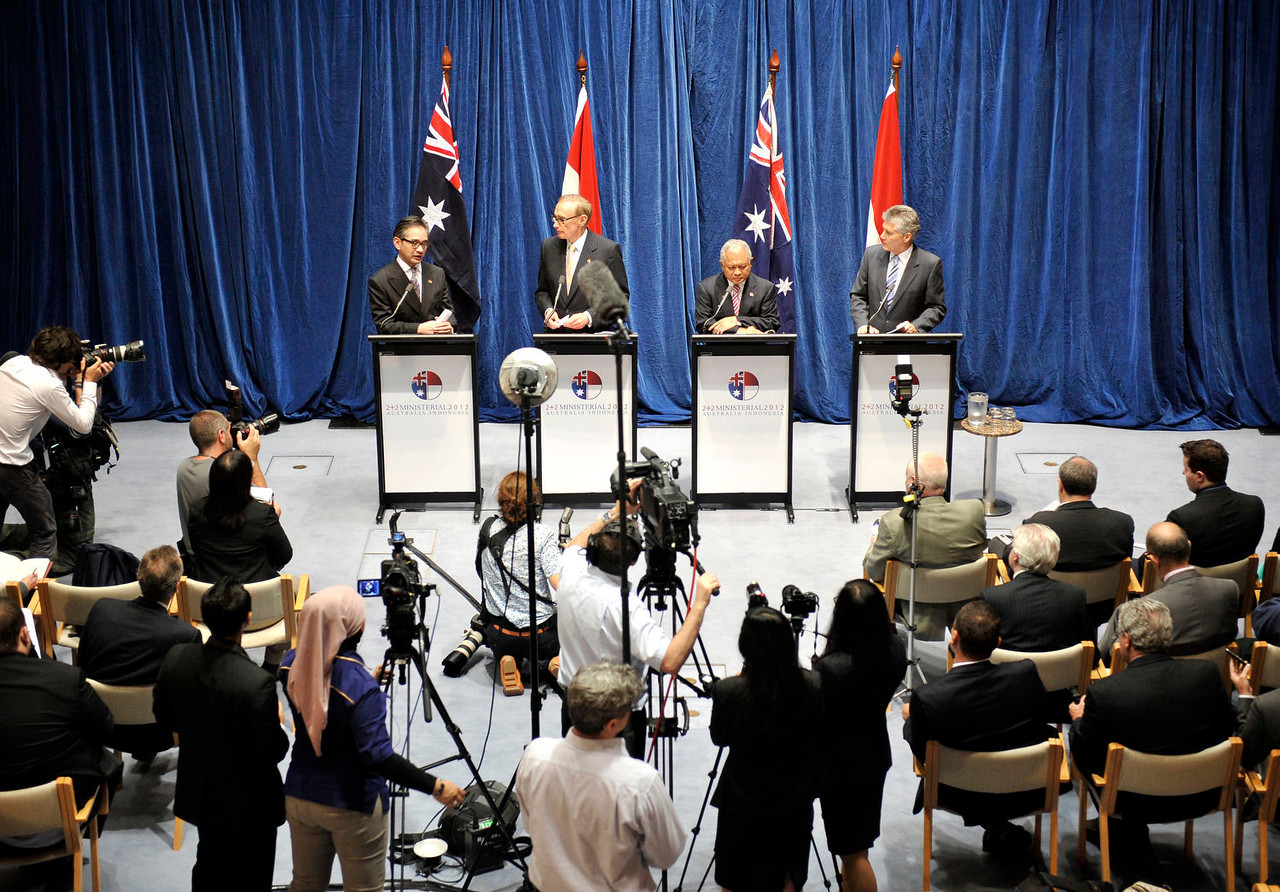Indonesia’s complex ascent
I recently had the pleasure of attending the National Security College’s workshop ‘Indonesia’s Ascent: power, leadership and Asia’s security order’ at the ANU. The presentations were delivered as part of a larger publication project that will explore and challenge different elements of Indonesia’s rise. In this Canberra workshop (the other being in Jakarta), the key message of most speakers was that, overall, Indonesia is on the right trajectory but is still grappling with questions of democratisation, governance and security.
Sue Thompson from the National Security College presented a historical overview of Indonesia’s self-perception as a leader and discussed the legacy of colonialism and great power interference in Indonesia’s affairs. Delivered at the outset of the workshop, these historical experiences provided an important framing device for subsequent presentations that explored the potential for Indonesia to assume a more powerful and influential role in the region. Also discussing historical legacies, independent researcher Robert Lowry explored a number of security fault lines in Indonesia—in particular, separatism—that could threaten its ascent if not addressed carefully. Read more

